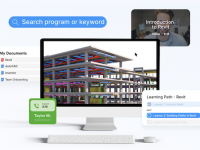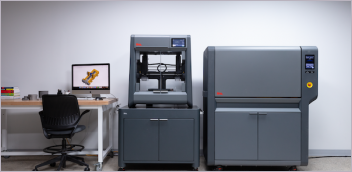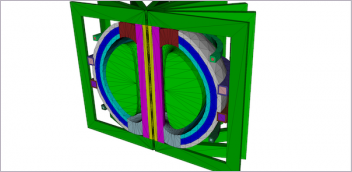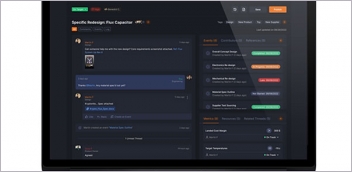
June 29, 2021
The continued advancements in simulation software, as well as the incorporation of artificial intelligence into the design process, have led to expanded use of generative design tools.
However, despite the development of new and easier-to-use generative software, widespread adoption has yet to occur. In part, this is due to a need for more education about how generative design can be used.
In this Special Focus Issue, we have gathered editorial features that help explain how generative design can be leveraged by more engineers, the benefits and challenges associated with the technology, and examples of how it is being used today.
Download today
Latest News

Ready or Not, Manufacturers will Soon be Held to Rigid Sustainability Standards
By enabling manufacturers to incorporate sustainability best practices into the early upstream product development stages, engineers can advance innovation while...
AMGTA Shares Findings on Sustainability of Powder and Wire Additive Feedstock
Research indicates, for one, that from an energy perspective, helium is the most sustainable method of gas atomization for metallic...
MATLABS Features Modelithics EXEMPLAR Library
Library for MATLAB includes almost 50 Microwave Global Models representing nearly 3,500 components for many component suppliers, company says.
Fictiv Demonstrates New AI Capabilities
Tool enables an upgrade of material selection for production parts.
ADDMAN Earns Qualification Project for U.S. Navy
This project focuses on the additive manufacturing (AM) of copper-nickel (CuNi) components in submarine fittings.

FREE WEBINAR May 7: Addressing the Skilled Worker Shortage with Customized eLearning
In this webinar, you can find out how eLearning and learning management software can help companies fill the skilled trades...
All posts
New & Noteworthy

New & Noteworthy: Safe, Cost-Effective Metal 3D Printing - Anywhere
Desktop Metal’s Studio System offers turnkey metal printing for prototypes and...

New & Noteworthy: Direct Neutronics Analysis on CAD
Coreform Cubit 2023.11 workflows enable neutronics directly on CAD for next-generation nuclear energy...

New & Noteworthy: Agile Engineering Collaboration
Authentise Threads is a new software tool for distributed communications and project...

New & Noteworthy Product Introduction: Enterprise VR Headset
Lenovo ThinkReality VRX has an immersive display works with virtual, augmented and...
